Richard Weaver inherited three acres in Bozeman, Montana, and transformed it into a self-sufficient urban farm. He converted his father’s RV garage into an off-grid home, equipped with solar power, rainwater harvesting, and a composting toilet. Additionally, he built a walipini greenhouse, a half-buried greenhouse around the RV structure. This innovative greenhouse uses the earth’s natural heat to grow fruits during the harsh Montana winters. You can read more about walipini ‘s here.
Using Solexx for the Greenhouse Cladding
Richard used Solexx greenhouse covering to clad the walipini structure. Solexx properties make it particularly well suited for a walipini. The insulation exceeds most other available greenhouse materials, making it energy efficient. Additionally, it is durable and long lasting, and the diffuse light is especially beneficial to plant growth. Read more about the benefits of Solexx.
Enhancing Growing Opportunities with the Walipini
With the walipini, Richard can grow produce without any additional heat input, as the greenhouse raises the temperature by 20 degrees compared to the outside. This warmer, wind-protected environment allows him to cultivate plants that wouldn’t normally survive Montana’s zone 4 climate, effectively moving his growing zone up to zone 6. The greenhouse features cinder block and stucco raised beds, keeping the beds insulated and optimizing space.
The Long Term Goals and Community Impact
The surrounding land operates as a communal garden, where members use permaculture techniques to minimize labor and share both the work and the harvest. Weaver envisions this model as a scalable solution for local food production, suggesting that widespread adoption of similar greenhouses could significantly reduce the need for transported produce. Beyond providing fresh, local food, the garden fosters a strong community bond among participants.
See Inside the Greenhouse
Watch the video about Richard Weaver and his greenhouse on YouTube. There you can get a peak inside this innovative walipini design. Below are some screen shots from the video.
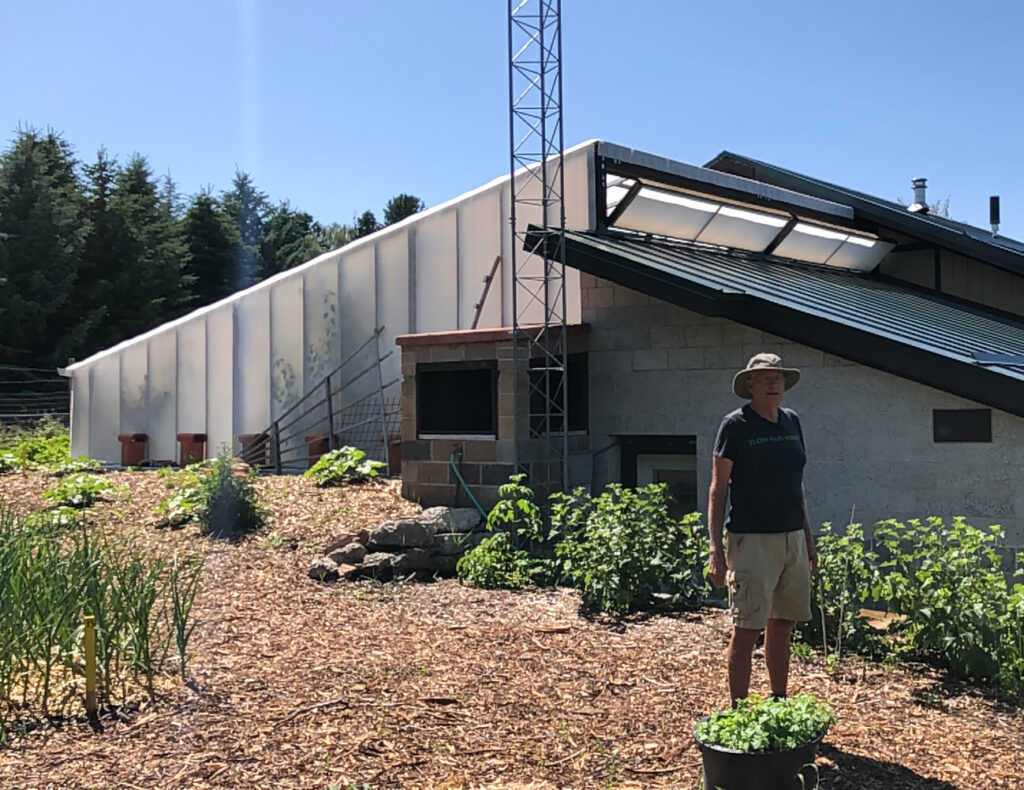
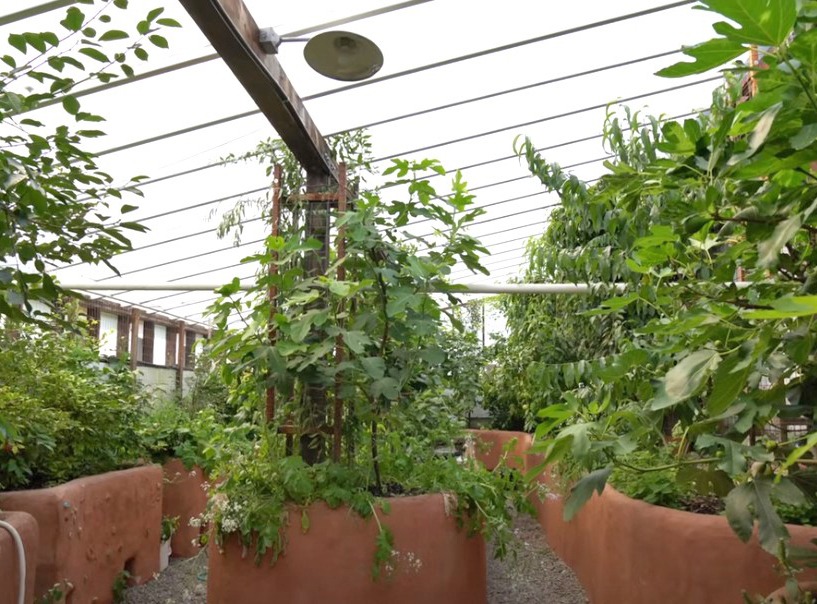
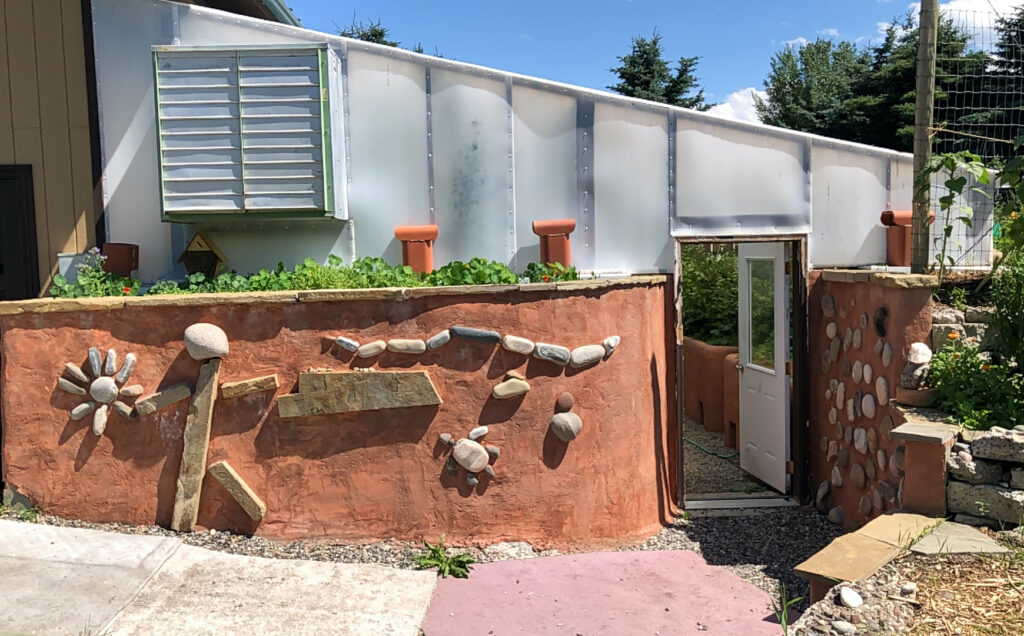
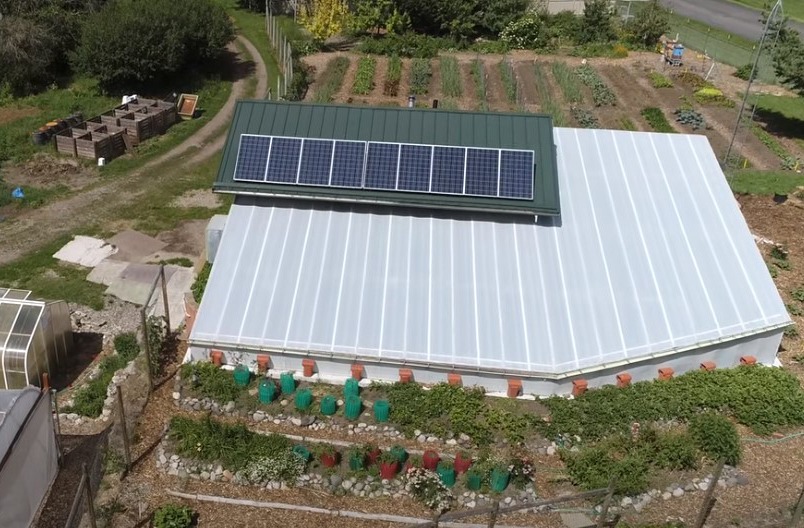

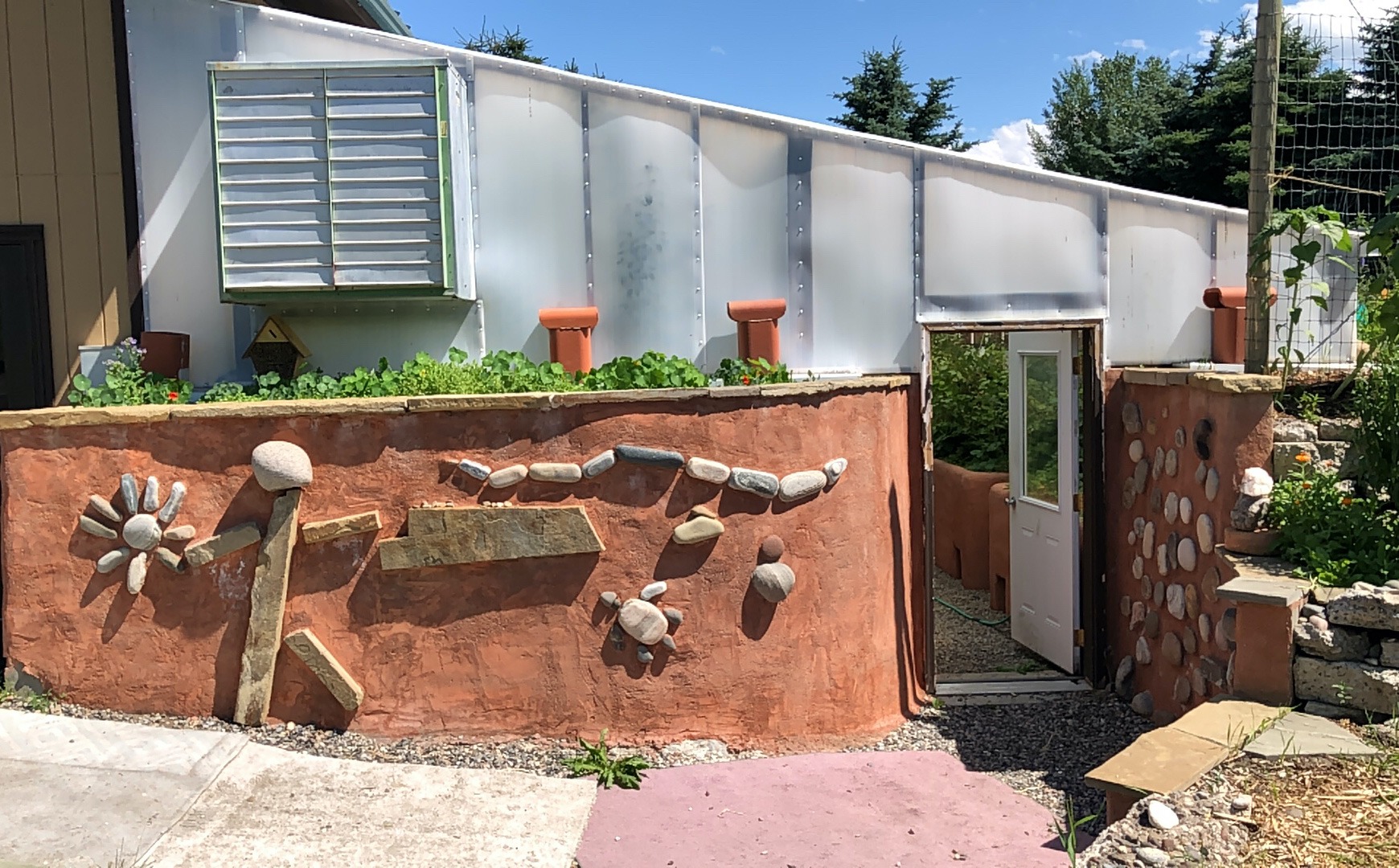
Leave a Reply